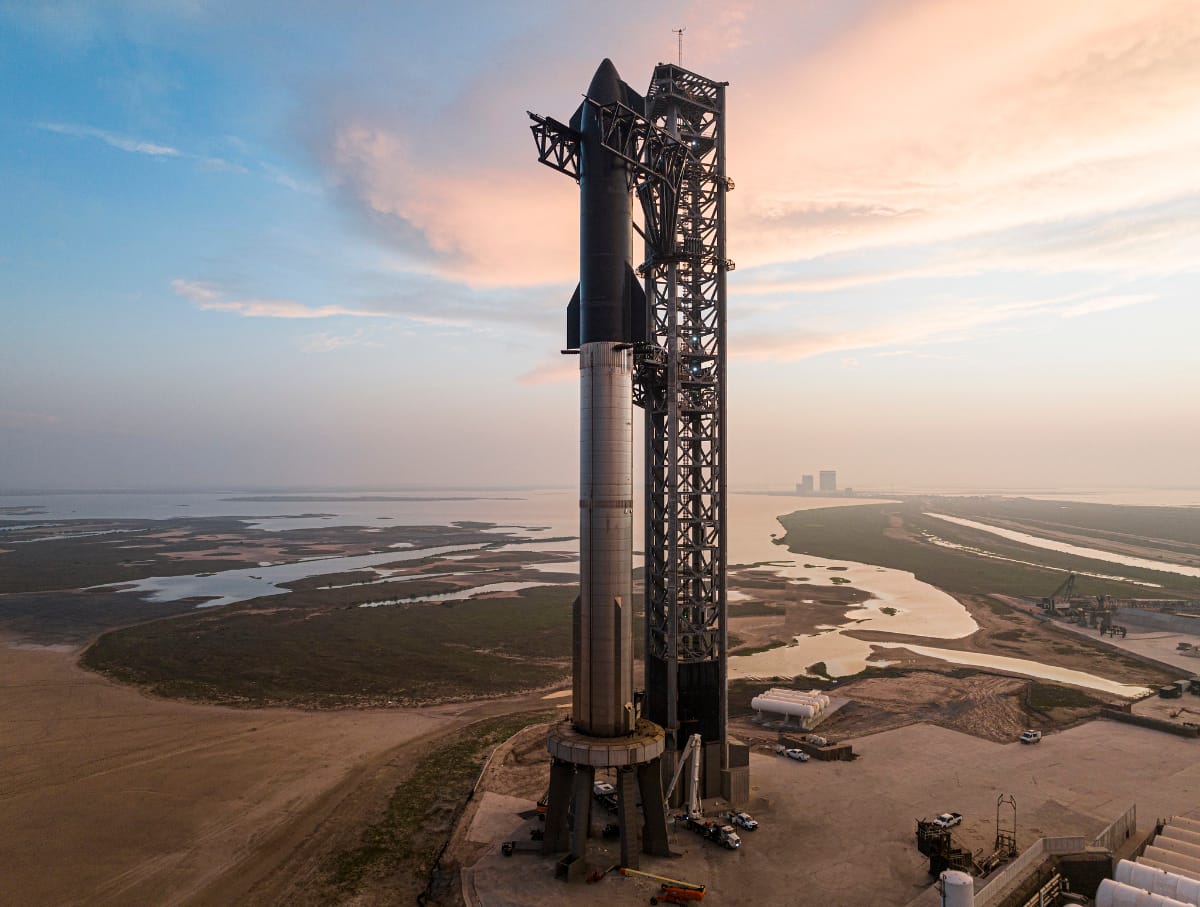The U.S. Space Force is forecasting that the United Launch Alliance (ULA) will surpass SpaceX in 2025 for carrying out national security missions. This projection could lead to significant changes in how government contracts for launch services are awarded. While SpaceX currently holds many of these contracts, the assumption that ULA will become the preferred provider by 2025 could alter the competitive landscape.
According to sources, the Space Force has reviewed the performance of both companies and concludes that ULA will provide higher reliability and better security for critical missions in the future. By focusing on traditional rocket systems, ULA has demonstrated its ability to consistently meet deadlines and deliver payloads on time.
Meanwhile, SpaceX has made significant advancements in its Starlink project, striving to revolutionize global internet access via a constellation of thousands of satellites. However, this rapid growth may affect the company’s dedication to national security launches. As SpaceX prioritizes Starlink development, there may be setbacks in meeting the U.S. military’s requirements for specific missions.
Furthermore, the shift in the Space Force’s preference for ULA could be attributed to the incumbent’s experience and expertise. ULA engineers have a deep understanding of both the Atlas V and Delta IV rockets, which have been successfully launching various payloads for the military for years. In contrast, SpaceX’s Falcon 9 and Falcon Heavy rockets are comparatively newer and may require more time and adjustments to meet national security demands comprehensively.
The projected increase in ULA’s dominance over SpaceX does not indicate that Elon Musk’s company has failed. SpaceX continues to provide launch services at lower costs and pushing boundaries with reusable rockets. The shift emphasizes the importance of balancing innovation, reliability, and security in space operations and may prompt contract renegotiations, adjustments, or new tender procedures to accommodate the changing dynamics.
In conclusion, the U.S. Space Force’s projection suggests a potential future where ULA reclaims its position in national security launches. Both ULA and SpaceX will continue to innovate and adapt to these changing times, ensuring the U.S. maintains a strong presence in space.



